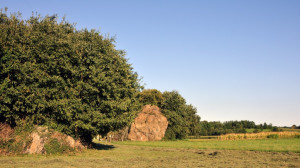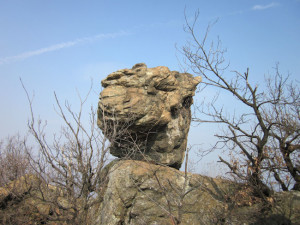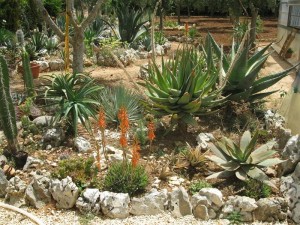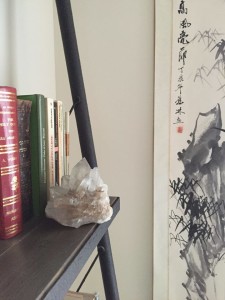Stones and Feng Shui: ancient tradition and modern applications.
By using the term ‘stones’ here, we mean generically rocks, minerals and crystals: in a word what belongs to the mineral kingdom and is commonly used in Feng Shui.
First of all we should distinguish between the ancient tradition of Feng Shui and its modern contamination, ascribable mainly to the New Age style.
The mineral world, as well as the vegetal world, has always been included in Feng Shui, which even earlier than the codification and standardization carried out by Taoism was a shamanic practice.
The earliest technical remarks of ancient Feng Shui were about mountains and rocks, and can be traced back to the so called Form School. Propitious and unpropitious kinds of morphology are described and depicted in many Feng Shui treatises, where there is mention about mountains and rocks as sources of energy (Qi) that can turn out to be propitious (Sheng Qi) or unpropitious (Sha Qi).
Salutary or “propitious” rocks are harmoniously incorporated in the landscape and can protect people from unpropitious Qi flows, while harmful or “unpropitious” rocks are those erratic blocks or big stones which seem to be always on the point of suddenly rolling against somebody.
Form School applications to houses and gardens concern precisely the power of stones of controlling the Qi, so they are used as a cure for dangerous alignments, that is with a sharp Qi or arranged so as to cause a loss of propitious Qi.
The latest application of Feng Shui tradition is the Cycle of the 5 elements (Wu Xing), of Taoist derivation. Stones, rocks and minerals are classified in the final part of the cycle, that is in the transition from Earth to Metal, when the Qi, after releasing Water and producing ash (Earth) in the combustion, releases also its organic components, so generating the inorganic world (Metal).
That’s how stones, rocks and minerals find their place in the organization of the 5 elements and their applications of the building and controlling cycle.
According to Wu Xing they can therefore be placed in many directions of a house/garden depending on the direction of the Chinese Compass and provided that they are harmonized in conformity with the 5 elements.
For instance, an excellent position is West or North-West in those gardens that are completely without water or lacking sufficient Water, while it is better not to expose a rocky garden to East and South-East (Metal is the opposite energy of Wood – East).
On the other hand, crystal therapy with healing stones is a completely different matter that has certainly ancient roots, but it is related only to Astrology and traditional attributions to Planets and Zodiacal Signs, which are nevertheless much-discussed since the remote past.
So we have to consider with due caution the positioning in the house of stones for a therapeutic purpose, because there are no fixed or acknowledged rules. It is therefore advisable to do it under the guide of an expert, after investigating the peculiar features of the house’s inhabitants in relation with healing stones.
English translation by Enrico Petrella



